All ye readers, buckle up.
Today, I’m giving you 14 non-fiction books I believe everyone should read.
For each book, I’ve provided a unenduring summary. Now it’s up to you to decide if it’s worth your time.
Let’s dig in.
1. The Soul Keeps the Score
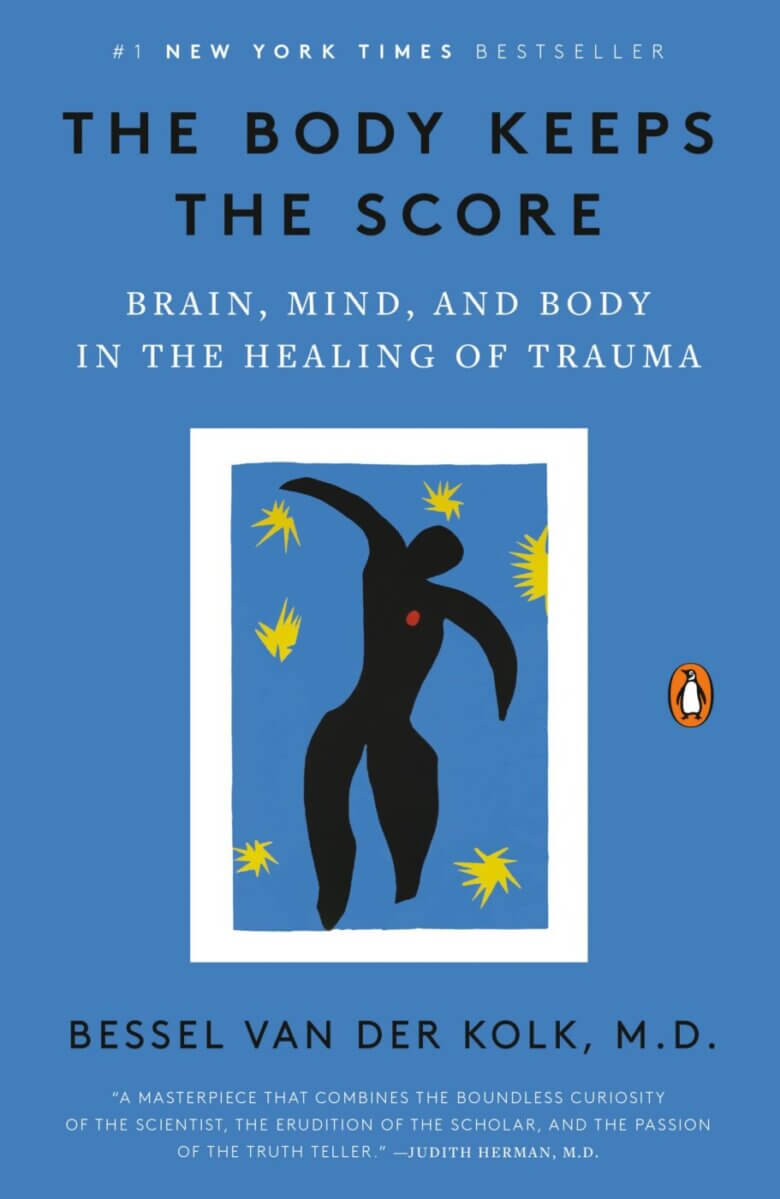
This typesetting dives deep into the world of trauma, discussing its effects on the mind, body, and daily life.
If you want to know everything well-nigh trauma and how to deal with it, this is your go-to guide.
2. The Paradox of Choice

With increasingly choices, we often finger less satisfied.
This typesetting argues for simplifying our lives and limiting ourselves in various ways to gainsay the unvarying bombardment of options we squatter daily.
3. The Blank Slate
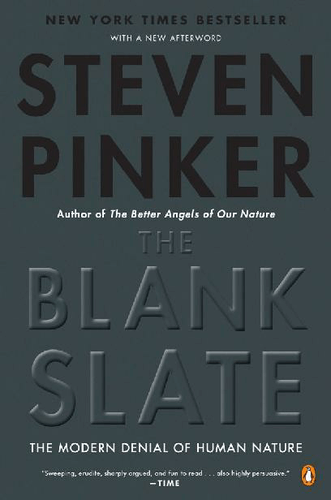
Debunking the myth that our minds are born as wipe slates, Pinker delves into the importance of genetics in shaping our identities.
This typesetting is a must-read for anyone interested in the ongoing debates virtually gender, sex, and race.
4. Getting the Love You Want
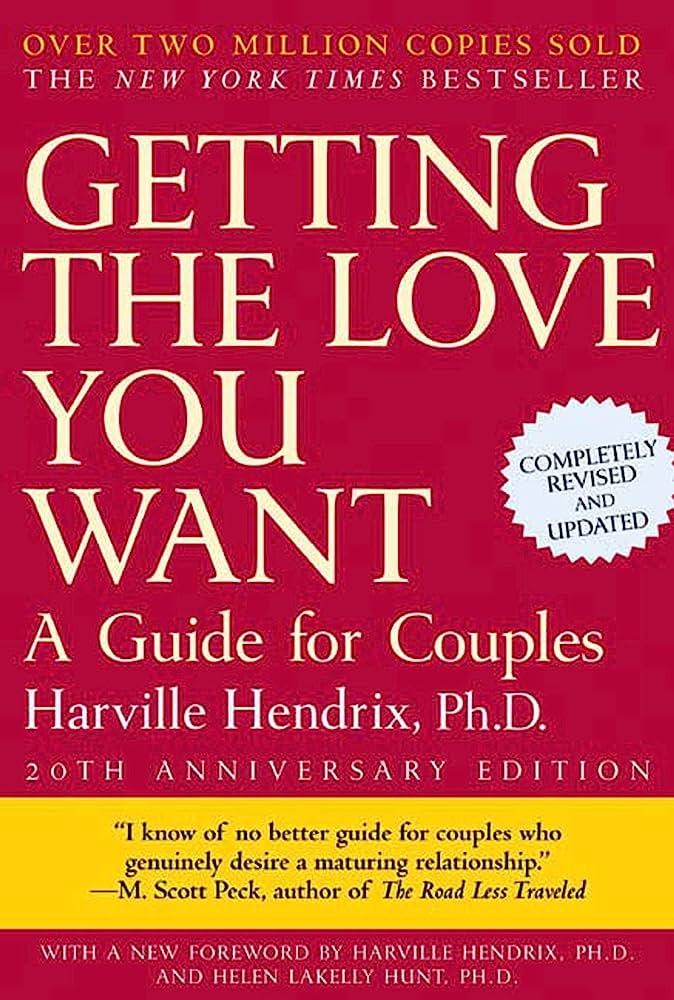
This typesetting explores the psychology of relationships, explaining the patterns we follow based on the mental maps we develop as children.
If you want to understand why you alimony dating the same type of person, requite this a read.
5. The Denial of Death
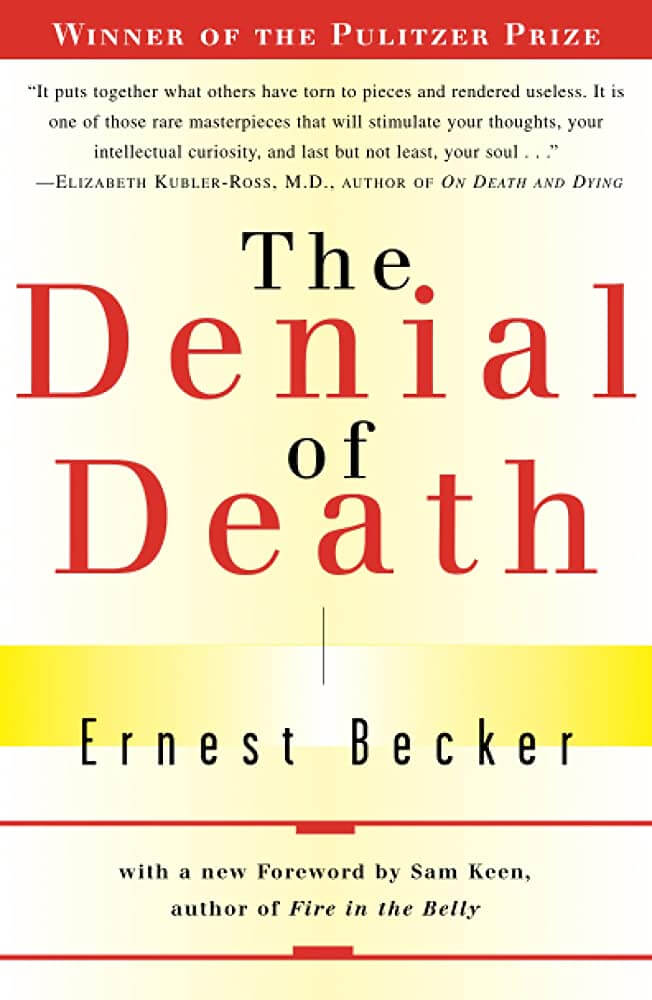
A profound take on our motivations in life, this typesetting suggests that we’re driven by a fear of death.
We undertake massive projects in the hope of leaving a legacy, permitting us to forget our mortality.
6. Influence

A must-read for those in marketing, sales, or publicity, this typesetting examines the psychological triggers that influence decision-making.
It’s moreover useful for consumers who want to understand how they’re stuff manipulated.
7. Atomic Habits
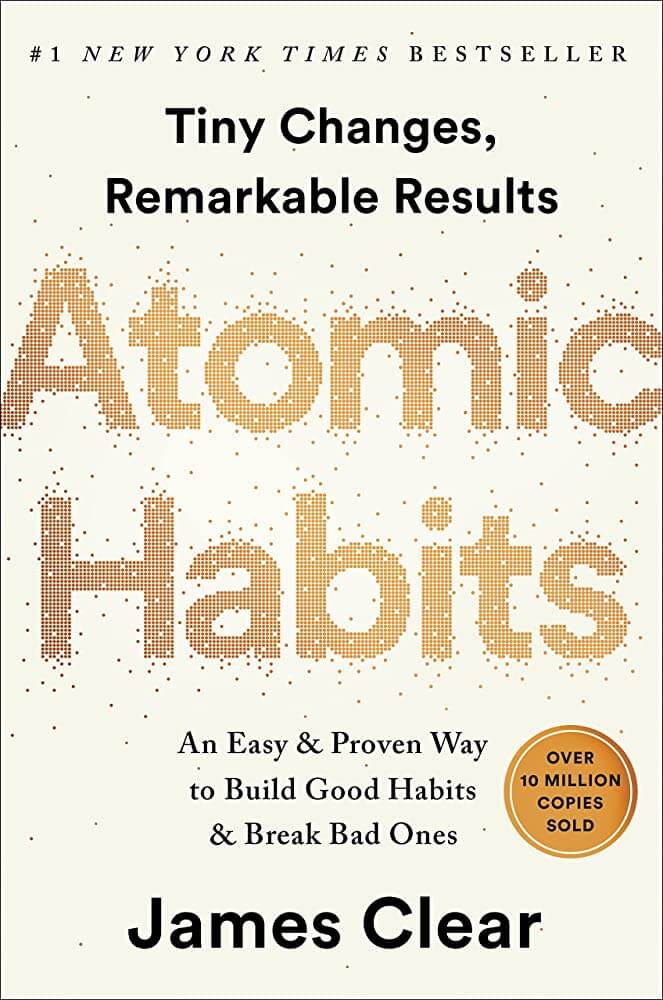
James Clear tackles the emotional drivers overdue habit change, explaining that waffly emotions comes first, followed by physical behavior.
Learn how small deportment can yaffle and recipe over time.
8. The Elephant in the Brain
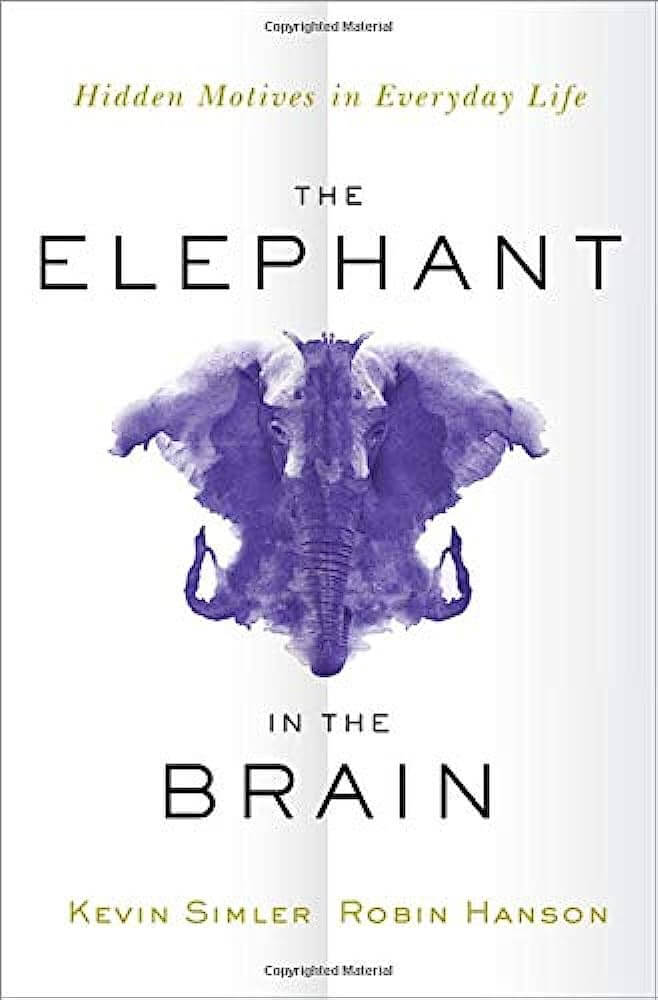
Simler and Hanson delve into our darker impulses and the conscious mind’s attempts to rationalize them.
This typesetting exposes the subconscious motives overdue our beliefs and attitudes.
9. Nonviolent Communication
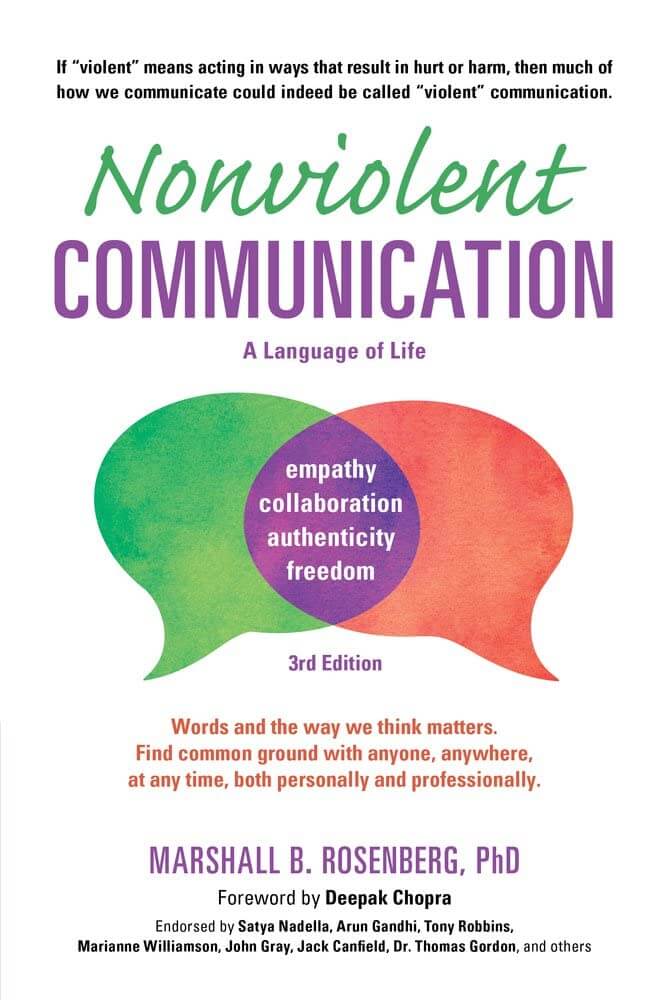
Though slightly woo-woo, this typesetting offers insight into the subtext and meaning embedded in our language when talking well-nigh feelings.
Understand how your use of language affects your emotions and relationships.
10. The Coddling of the American Mind
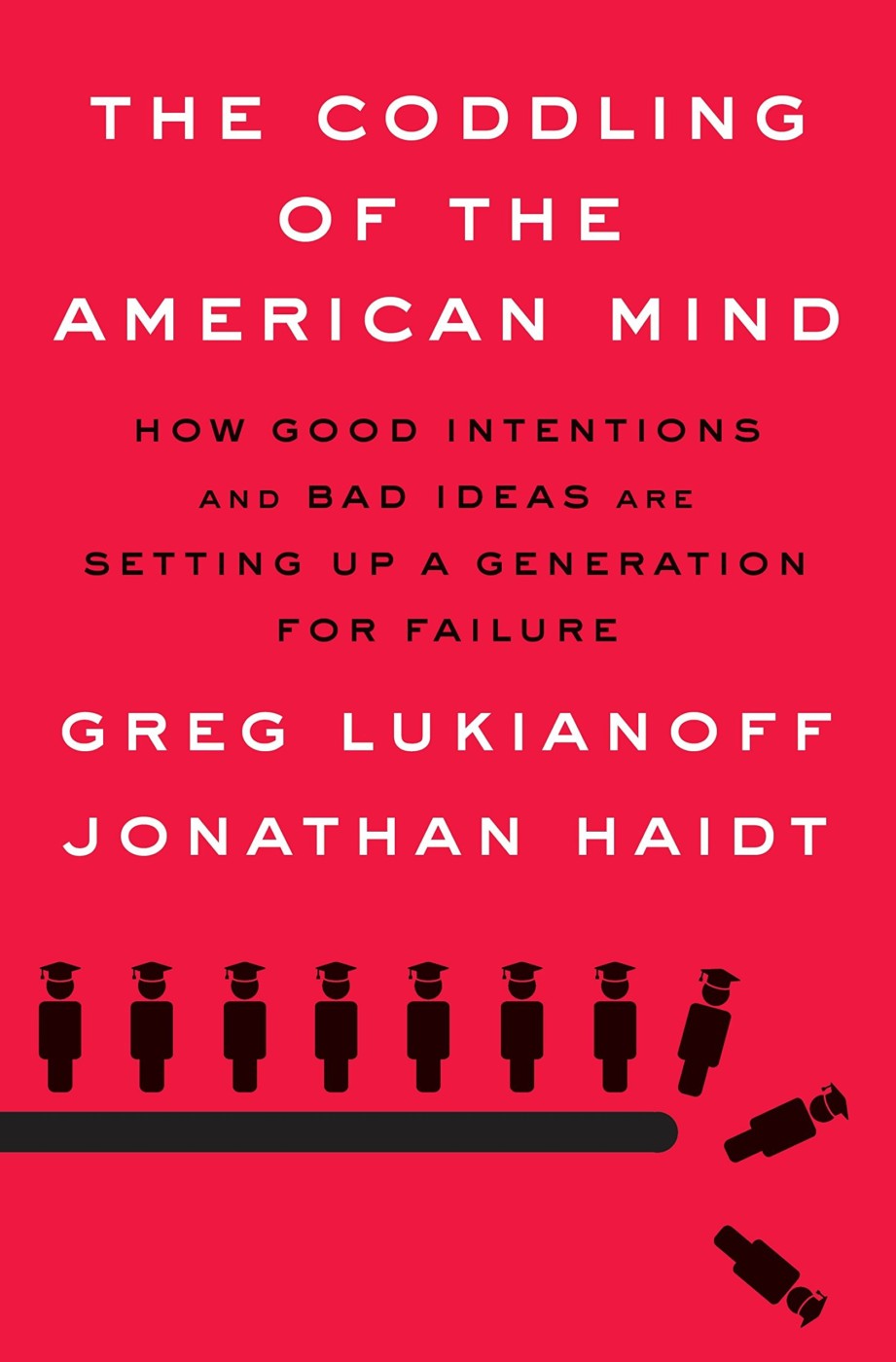
Jonathan Haidt and Greg Lukianoff’s The Coddling of the American Mind takes a nonflexible squint at how changes in education, parenting styles, and technology have led to a increasingly emotionally fragile population. They oppose that it’s not the kids’ fault, but rather the responsibility of parents and teachers.
This typesetting offers some important points well-nigh culture in recent generations.
11. So Good They Can’t Ignore You
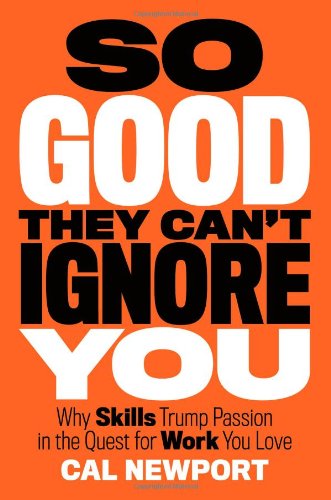
Cal Newport’s So Good They Can’t Ignore You challenges the idea that purpose is something you just find. Instead, Newport contends that passion comes from first rhadamanthine unconfined at something.
This typesetting offers a fresh perspective on how to find purpose and passion in life.
12. The Psychology of Money
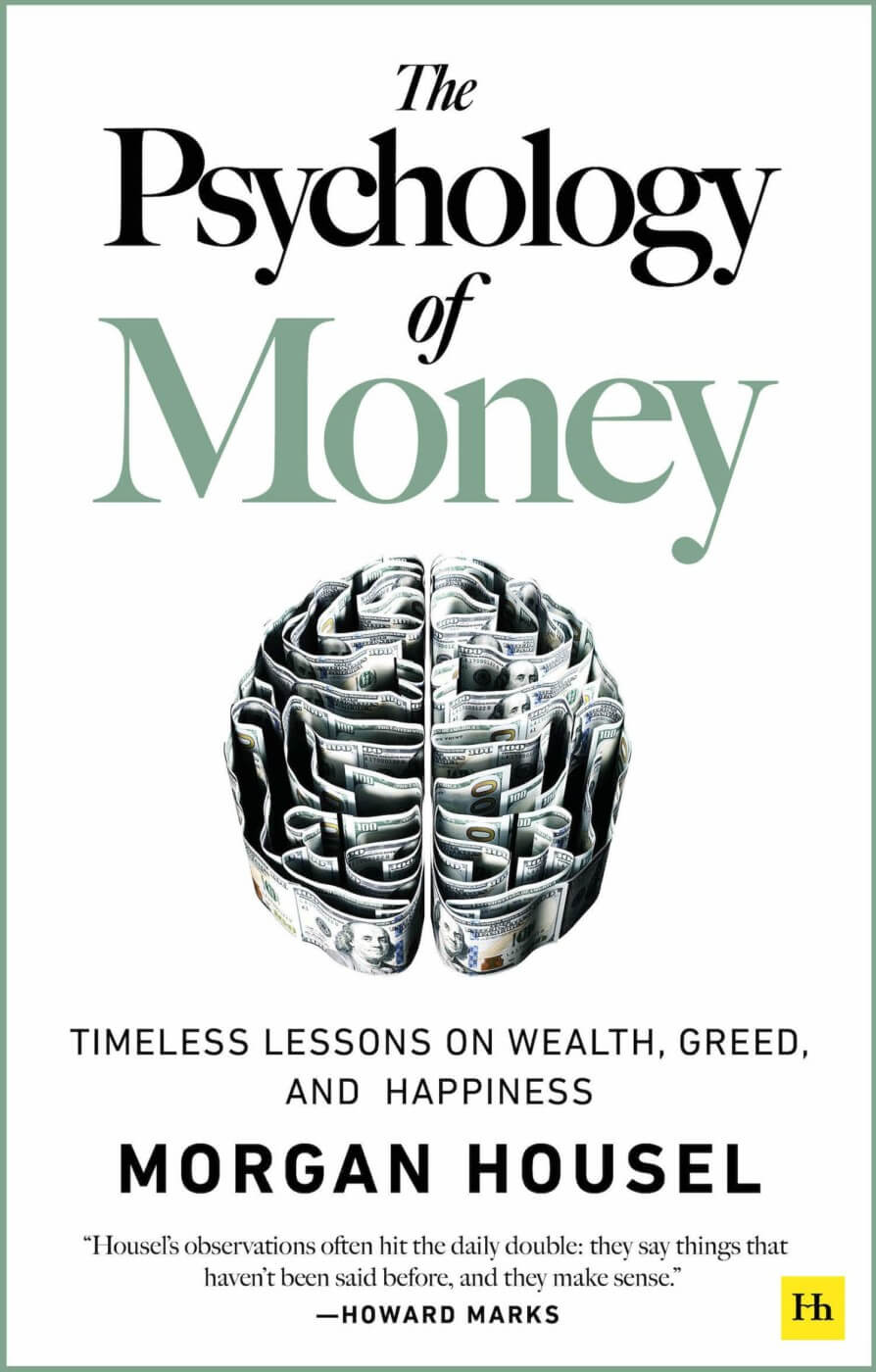
Morgan Housel’s The Psychology of Money delves into popular assumptions well-nigh money and wealth. Housel, coming from the finance world, reveals that much of finance is increasingly art than science.
This typesetting shows that people’s understanding of money is often flawed and that those who want to be wealthy often just want to spend money—ironically, the very thing that prevents them from rhadamanthine wealthy.
13. The Second Mountain

David Brooks’ The Second Mountain is a beautifully written typesetting that charts a life undertow through two mountains—one of worldly success and the other of purpose.
This typesetting is particularly profound for people in their 30s and 40s who are experiencing success for the first time and grappling with the question, “What’s the point?”
14. Democracy for Realists
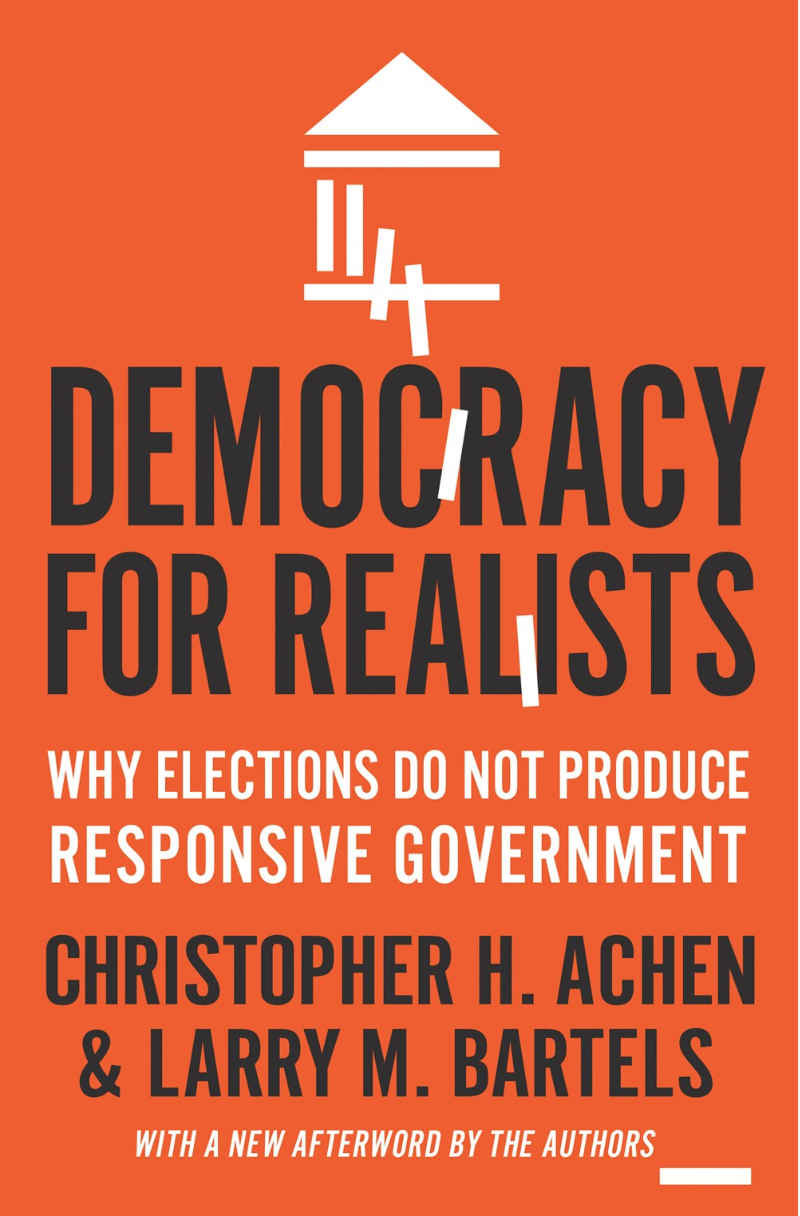
Lastly, Democracy for Realists is a dense, wonk read that delves into the paradox of democracy—the increasingly democratic a society, the worse choices they often make.
This typesetting is sobering and eye-opening, providing examples of why people with expertise and wits should be the ones making important decisions.

